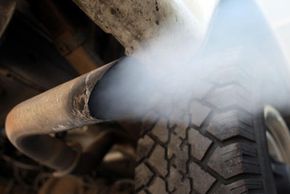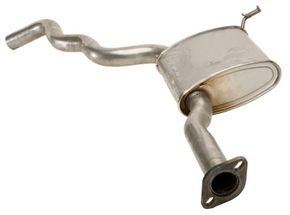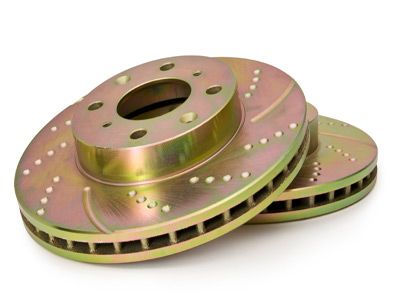With worldwide reserves of fossil fuels gradually diminishing and air pollution increasing, automotive engineers are constantly on the lookout for ways to make cars more fuel efficient and to reduce their carbon emissions. One of the most surprising places they've found wasted energy is in the car's exhaust. Actually, automotive designers have been tapping the hidden power of automobile exhaust since the early 1970s. Because this technology recycles the exhaust before it can exit the vehicle, it also helps reduce the emissions produced by a car and helps fight air pollution.
Technologies made to maximize the efficiency of a vehicle's exhaust are known collectively as exhaust heat recovery and recirculation. There are several ways to use a vehicle's exhaust to increase its fuel efficiency and make it run with fewer emissions. For example, the heat of the car's exhaust can be used to warm the engine coolant to keep the engine running warm, even when the motor has been turned off for a significant length of time. The interior of the car can also be warmed using exhaust heat, even in very cold weather. The amount of nitrous oxide (N2O) emissions can be reduced, and a vehicle's exhaust can actually be used to generate electricity. The term exhaust heat recovery is used for the process by which the exhaust's heat energy is recycled through both the car and the engine, so it's a part of all of these technologies.
Advertisement
Although these technologies can be used in any car, truck or SUV with an internal combustion engine, they're particularly important to hybrid vehicles, which need to produce maximum fuel efficiency and minimal emissions. Some of the most advanced implementations of this technology can be found in the 2010 Toyota Prius. In the next few pages, we'll look at how automotive engineers have made this technology possible.




